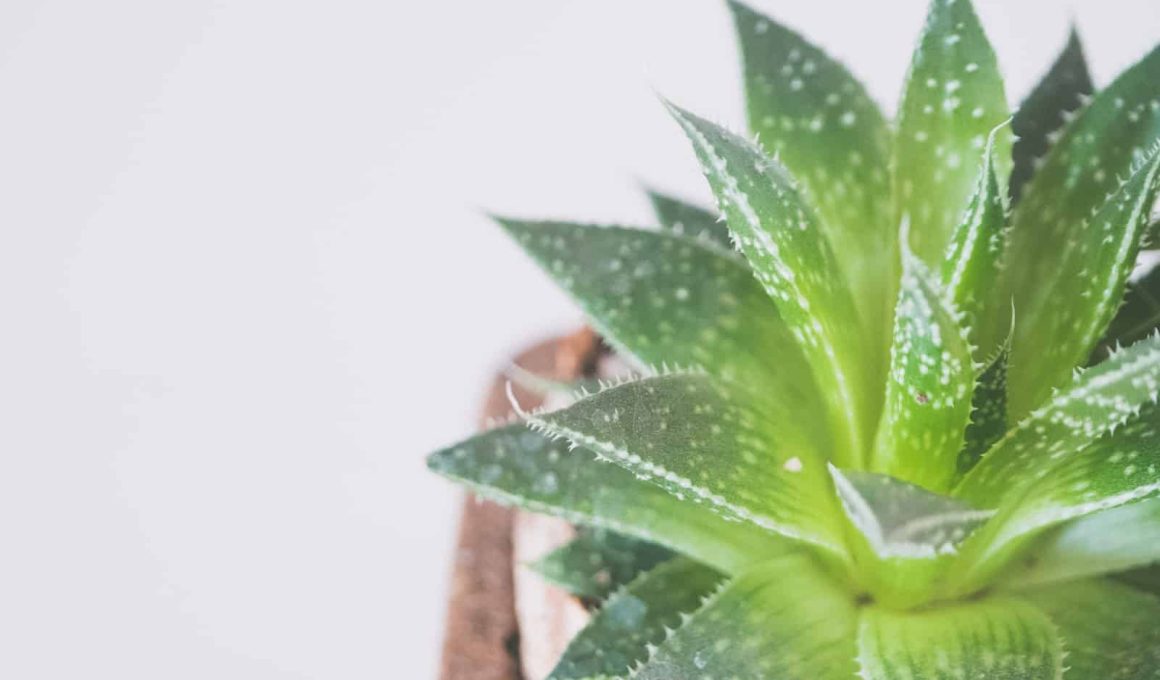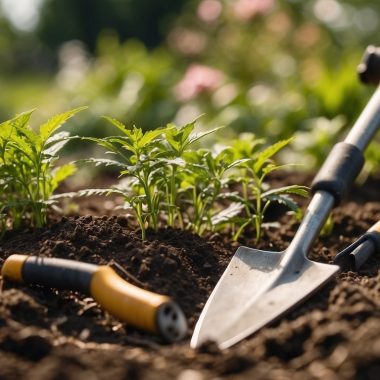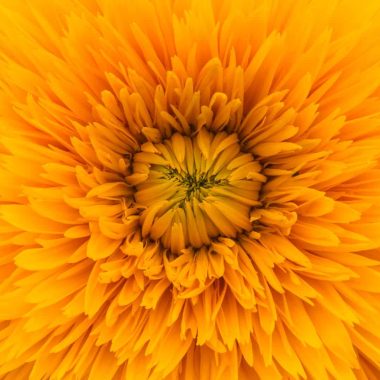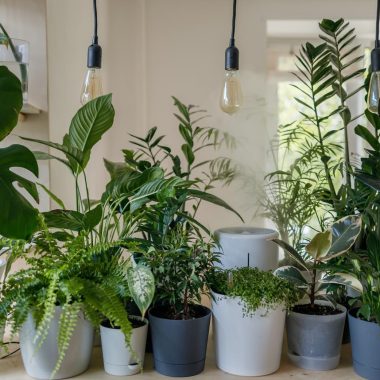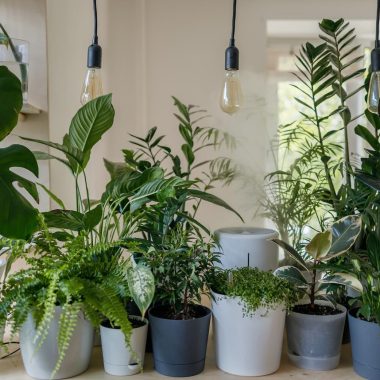Aloe vera (Aloe barbadensis) is a member of the genus Aloe, which has over 500 species.
Aloe vera is a popular houseplant that requires minimal care for optimum growth. In this article, we will examine how to care for it.
The Aloe vera plant leaves are pointed and green and fan out from the plant’s central stem. The ledge of the leaf is serrated with small teeth.
The plant stores water in its leaves, which makes it thick. Each leaf contains a slimy tissue.
This water-filled tissue is the “gel” people associate with this plant. It has a citrusy, slightly bitter flavor.
Aloe vera is an ornamental plant grown for aesthetics and is considered one of the world’s oldest medicinal plants.
So, apart from its pretty looks, it has/is being used in healing art. It’s no wonder many people grow this plant in their homes.
It behooves us to keep this plant thriving. Don’t skip these words as we examine how to care for the aloe vera plant.
How to Care for Aloe Vera Plant?
In our bid to seek ways to care for the aloe vera plants, we will look at this “care” from two perspectives.
The first deals with caring for an aloe vera plant, specifically Repotting or potting it. The second deals with primary care. Keep reading!
1. Care as Relating to Plant (Repotting) the Aloe Vera
The foundation plays a considerable role in how well your plant turns out. The way you plant or repot your aloe vera matters a lot.
Repotting the aloe vera usually occurs if you have a new pup to plant either in the garden or at the aloe shop.
Sometimes, repotting occurs if your aloe plant has grown leggy, gotten too large, or needs an upgrade.
Let’s look at how to care for an aloe vera plant before planting or repotting this gorgeous plant.
Obtain a Good Pot for Your Aloe
Keeping your aloe vera plant healthy requires a good pot. When purchased, an aloe plant usually comes in small plastic pots, so always consider your choice of pot. The truth is that a flimsy pot won’t be able to hold your plant with time.
A terra-cotta pot with well-drained holes works just fine here. It is ideal to choose a pot three times larger than the aloe’s root ball to give the aloe space for when it will spread out and grow. The pot’s diameter should be 1 to 2 inches larger than the root ball.
If you have a long-term plan for your aloe (because it can last for years), repot in a bigger pot with more room. If it’s already in a large, sturdy clay pot with holes, you don’t necessarily need to pot the aloe.
Lay the Right Soil Mix
Aloe vera does well on soil that drains quickly and doesn’t hold water. Sandy soil is a great choice, as aloe doesn’t do well in the rich moisture of regular potting soil. In a rich mix, it will be subject to over-watering, which will lead to rot.
Ideally, go for a succulent or cactus mix so that water can flow through and keep the roots well aerated. This goes a long way toward teaching how to care for aloe vera plants.
Give the Aloe a Good Leverage
The aloe should be potted so the leaves stand above the soil. Set the root ball in the middle and place the earth up to the base of the leaves.
The soil should sufficiently cover the root ball. You can lay gravel, shells, clay balls, or pebbles over the exposed dirt.
The point is to replicate the aloe’s natural environment and hold moisture. The layer here is entirely optional.
Propagate The Pups.
The pups here refer to the babies, the tiny aloe vera plant that sprouts from the main plant. This process is relatively easy; do not break the roots, and you will be fine.
2. Basic Care for an Aloe Vera Plant
Now you have a potted plant. What are the basic cares you need to put in place to ensure your aloe prospers? This section briefly describes how to care for the aloe vera plant.
Water Sparingly
The Aloe vera plant stores water in its leaves, which are fat, plump, and full of gel. Overwatering the plant is one surefire way to kill it.
This makes them subject to root rot, especially when growing indoors. When they rot, the leaves usually turn brown and soft, I.e., mushes.
Water deeply but sparingly. Depending on the growing conditions, pot size, and soil mixture, you could water it every 2 to 4 weeks in the summer.
Two or three times works just fine for the entire winter. During this period, they go into a state of dormancy and won’t need much moisture.
On a general note, wait until the soil is dry at least two inches below the surface, then water slowly and deeply until you see water coming through the drainage holes.
Wait two or three days before watering for freshly repotted aloe vera plants. This will give the root balls time to adjust to the new soil before adding more water.
When in doubt, Stick your finger or wooden skewer one inch into the soil to ensure it’s completely dry before watering your aloe vera again. Better still, get a soil moisture gauge and use it to determine when to water your aloe vera.
Place the Aloe Vera Plant in a Sunny Spot
Light plays a huge role in caring for aloe vera plants. Aloe vera plants grow best when given lots of bright natural light, and they do well in artificial grow lights, too.
Inadequate light will make them tall and leggy over time, weakening the plant. The leaves may crease or bend at the base or in the middle.
For growers in warm or hot climates, do not place directly under the sun when planting the aloe vera plant outdoors. Here, they tolerate partial shade location best.
Please do not leave it outdoors when the temperature is freezing. This will kill the plant. Aloe plants comprise 95% water; hence, even a minor frost will freeze and make them mush.
Besides, the soil can freeze. When this happens, the roots will die, and no new sprouts will grow.
In a nutshell, for a cold climate (in the winter and rainy months), grow the aloe vera plant indoors. For a really hot environment, you don’t want the sun to finish your plant. Just grow it in partial shade or indoors, too.
When growing this unique plant indoors, please place it in a sunny spot. You can put it in the window, facing South or West. Here, rotate the plant every 2-3 months to receive light evenly on all sides.
Fertilize the Aloe Vera Plant Appropriately
The Aloe vera plant doesn’t need to be fertilized, but feeding them occasionally during the growing season (April through September) will greatly benefit them.
Ideally, you should use organic fertilizer here instead of chemical ones. Fertilizers should be applied on days when you water.
Remember, winter is a dormant time for the plant, so there isn’t any point in administering fertilizer when it isn’t actively growing.
Use Non-Toxic Pesticides to Deal with Insects
The meal bug is just one of the pests peculiar to the aloe vera plant. There are other pests here, too; they usually suck on the sap from the aloe plant.
Dealing with these pests appropriately is a great method to consider when caring for an aloe vera plant.
A non-toxic pesticide will deal with this pest correctly. You can get this from your local pesticide store or online pest control store.
